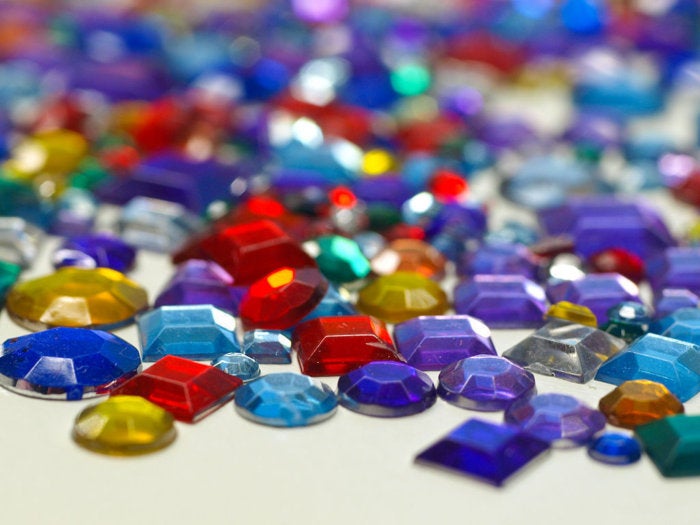There’s been no shortage of new smartphones and tablets this past year, but there sure has been a shortage of “oh wow” innovations. Of course, we have the usual enhancements: faster processors, more natural-looking screens, better speakers, and improved cameras, but that’s standard progress for these gadgets. What’s been increasingly rare are innovations that break new ground. And we’ve seen welcome but still incremental refinements in Android and iOS.
Still, there were a few surprising innovations in 2016, and given the general malaise the mobile industry is experiencing, these five gems are worth celebrating even more.
Google Pixel-C tabtop
The new Google Pixel smartphone is certainly a nice device, but at the end of the day it’s at the same quality level that Apple, Samsung, and others have already defined. It's another well-dressed face in the fancy crowd.
Less noticed was Google’s Pixel-C Android tablet, which shipped in December 2015. It’s one of the new breed of tabtops that combine tablet and laptop capabilities via removable keyboards. But the Pixel-C has an ingenious magnetically attached keyboard that is very solid—not a jumpy, bouncy soft keyboard that is hard to use, like the Microsoft Surface Pro or Apple iPad Pro. The Pixel-C is as solid as a laptop, but as portable as a tablet. Often, hardware makers compromise on functionality or fit and finish when trying to merge existing products. Google didn’t make that mistake here.
Galaxy Note 7 security
Samsung’s Galaxy Note 7 was a premium phablet that could have dominated that segment for Android devices, had not a battery flaw caused hundreds of units to explode, forcing the product off the market shortly after its early fall release.
It’s easy to forget that the Note 7 brought serious mobile security innovations—including iris scanning and securable folders—that no doubt will find their way into future Galaxy S and Galaxy Note devices.
Android Nougat 7.0 has also refined Android’s security capabilities this year. Although the improvements aren’t as discrete as Samsung’s, they’re worth your attention.
Apple Pencil stylus
The Apple iPad Pros are certainly good tablets, but their attachable keyboards aren’t so satisfying to use, and their foldup covers are awkward. Frankly, an iPad Air with a Bluetooth keyboard is often a better coupling. But one thing Apple got very right with the iPad Pro is the optional Apple Pencil, which shipped in November 2015. This pressure-sensitive stylus is remarkably natural to work with and has quickly gained a passionate base of artist and architect fans.
In a year when Apple seemed to be focused on technology for engineers’ sake, the Apple Pencil stands out as both a marvel of engineering and a truly game-changing tool for users.
Android Auto app
I’m really glad that most automakers have seen the light and made Apple CarPlay and Google’s Android Auto standard in many of their cars for vehicle navigation, communications, and entertainment. The car manufacturers’ own technologies have ranged from unusable (think: Ford Sync) to adequate. But there are many autos without compatible head units, even new models.
Google’s release of the Android Auto app this fall was a really smart move: It basically lets you use your smartphone as a head unit in any car—a rental, your older auto, or a new car from an unenlightened manufacturer like Toyota, Mazda, or Saab. Yes, it’s one of those simple ideas that makes you wonder why it didn’t start out that way. But what matters is that the idea is real.
Google Project Tango
The virtual reality hype has been on full volume all year, but it’s been the typical gamer stuff: 3D goggles that look really dorky but put you in an Imax-style video game. The big news is the better hardware that makes them more realistic—like actual video games. In other words, they're better and faster, as usual.
Project Tango is a bit different. It’s augmented reality, using 3D cameras to perform practical real-world acts, like measure a room and see if furniture would fit. I don’t know if people will actually take to this technology outside of gaming and simulated adventures, but now there’s finally something for the rest of us in the AR/VR space. The newly released Lenovo’s Phab 2 Pro is the first smartphone to include the technology.






